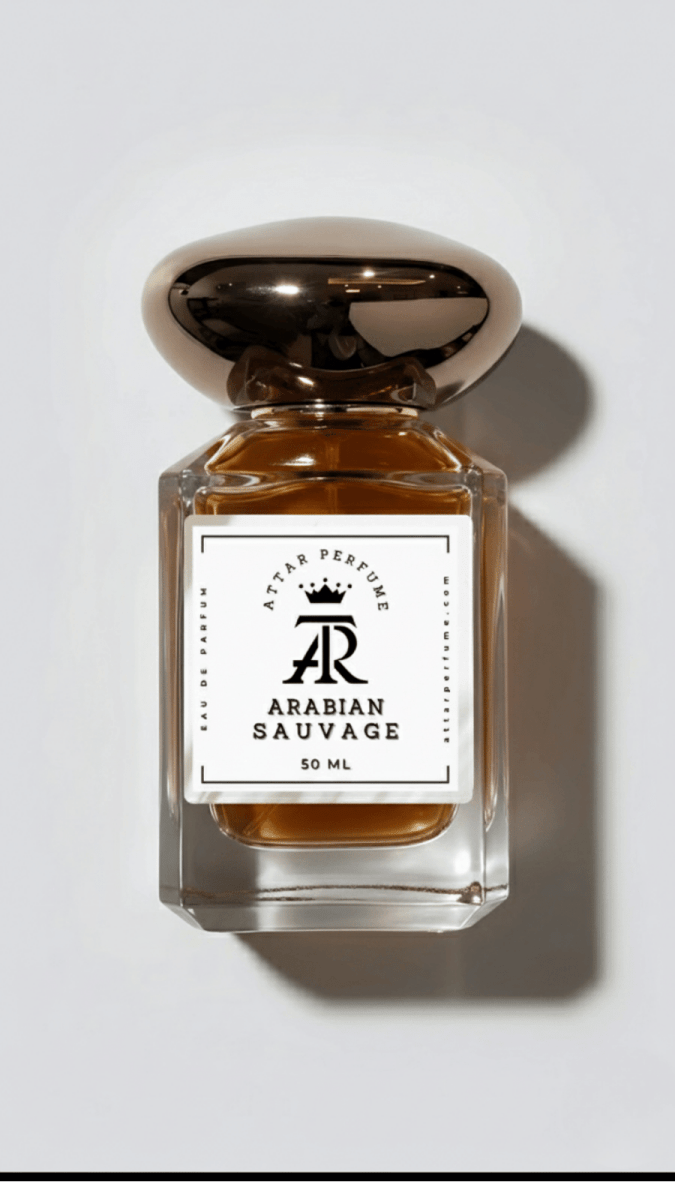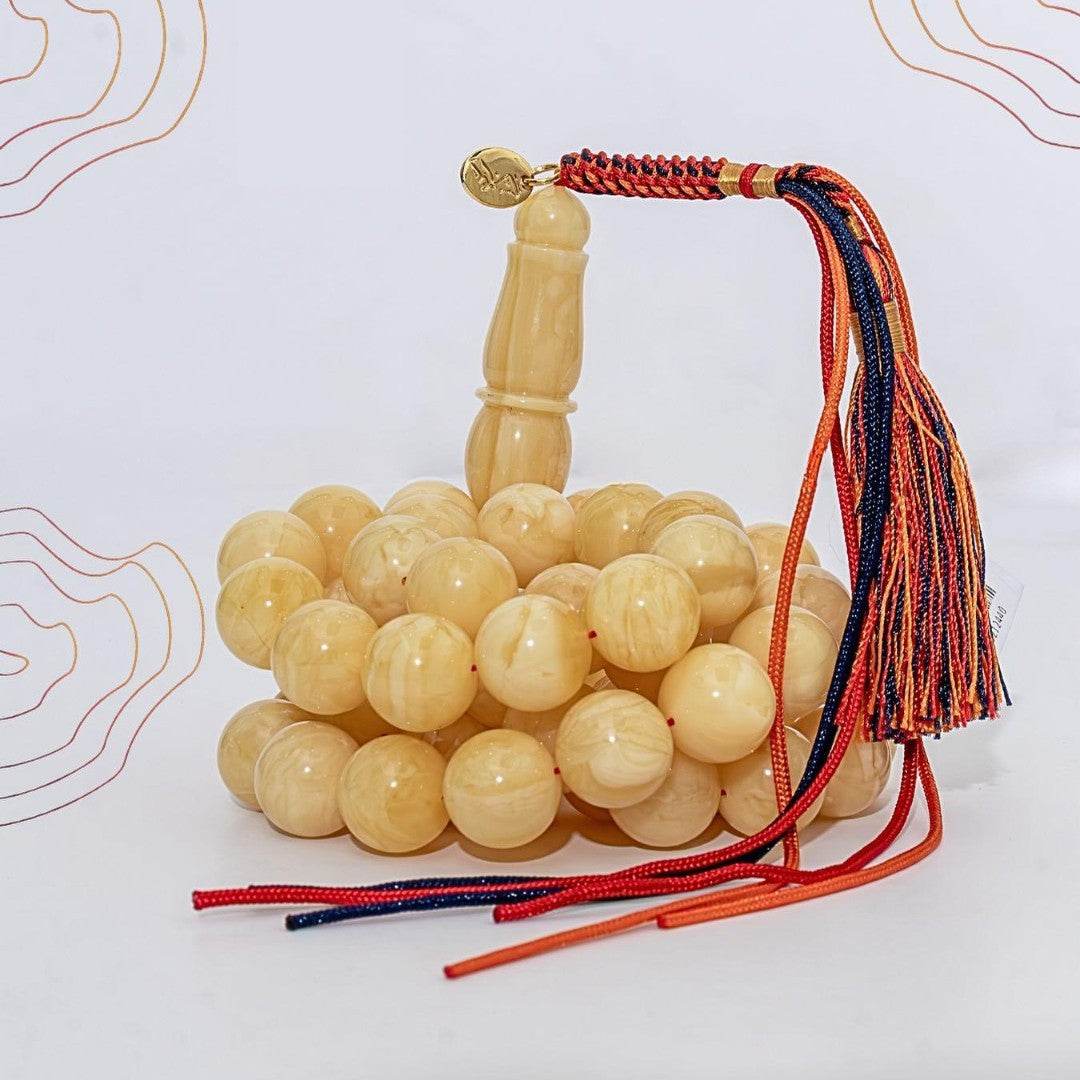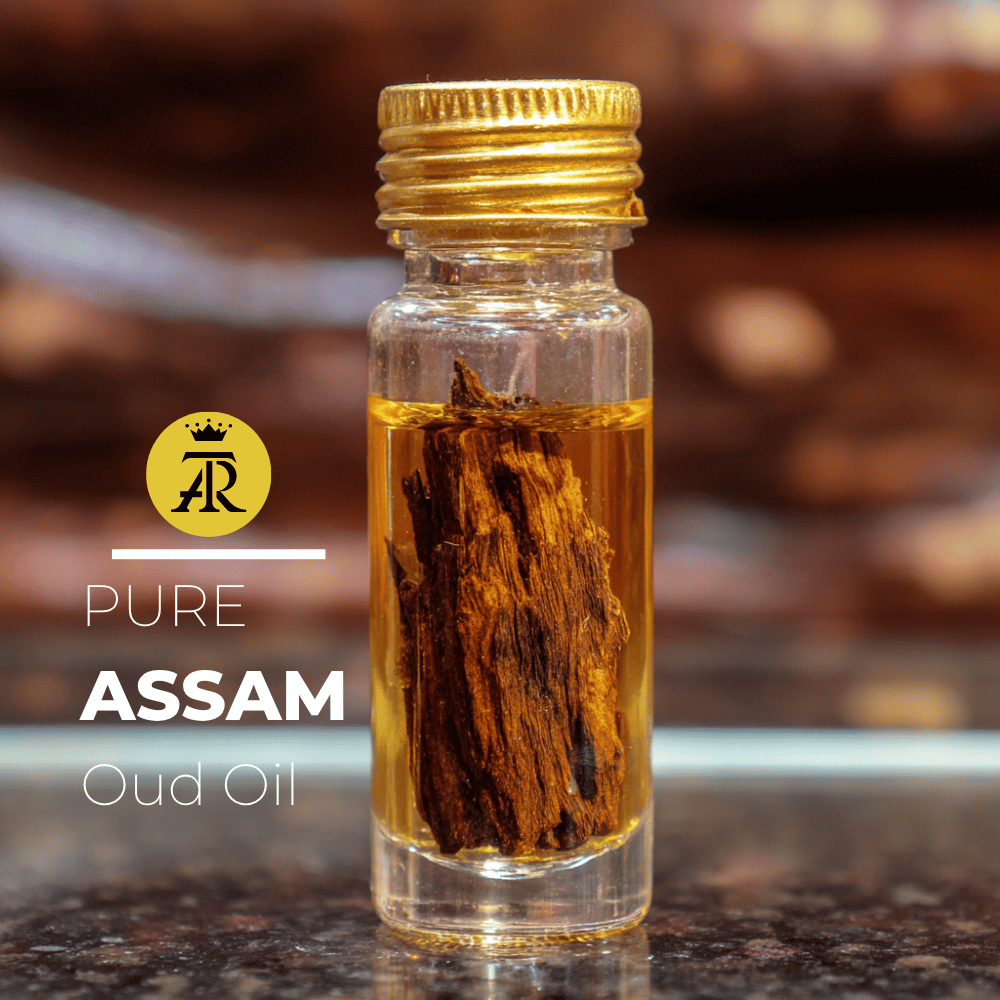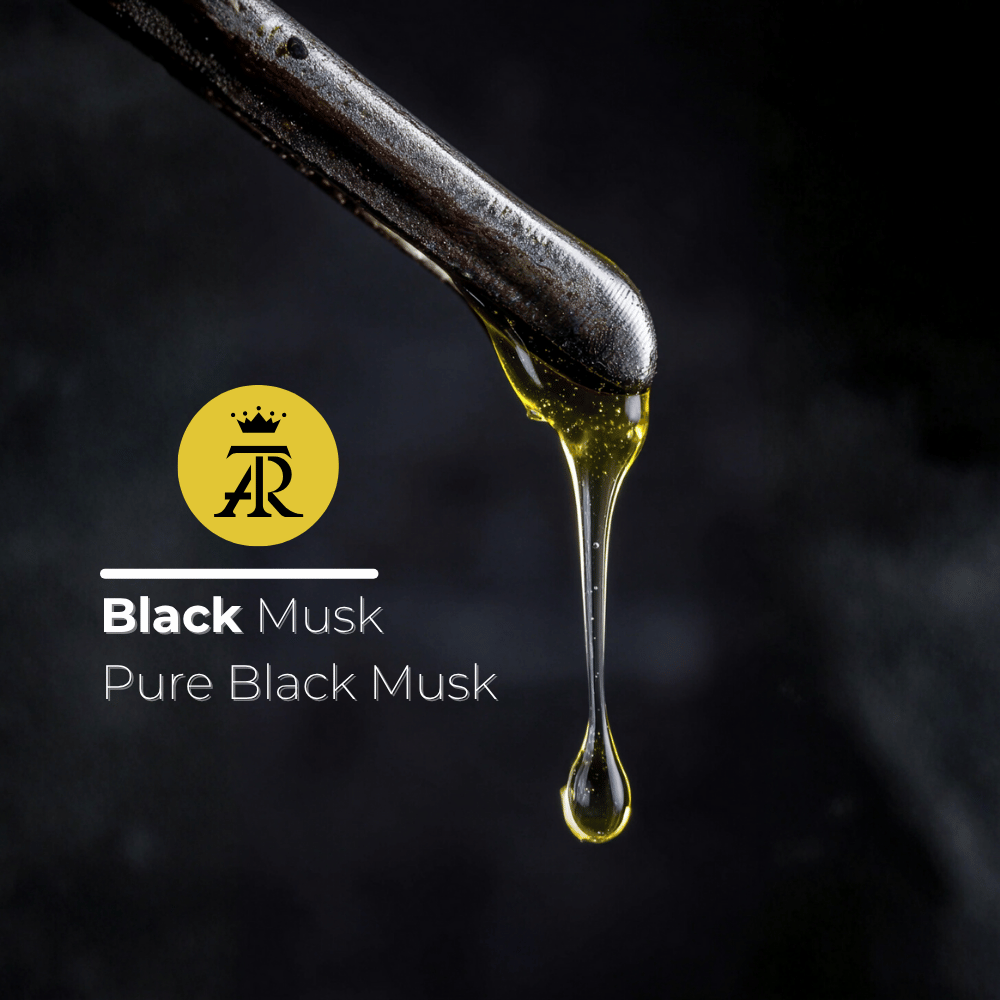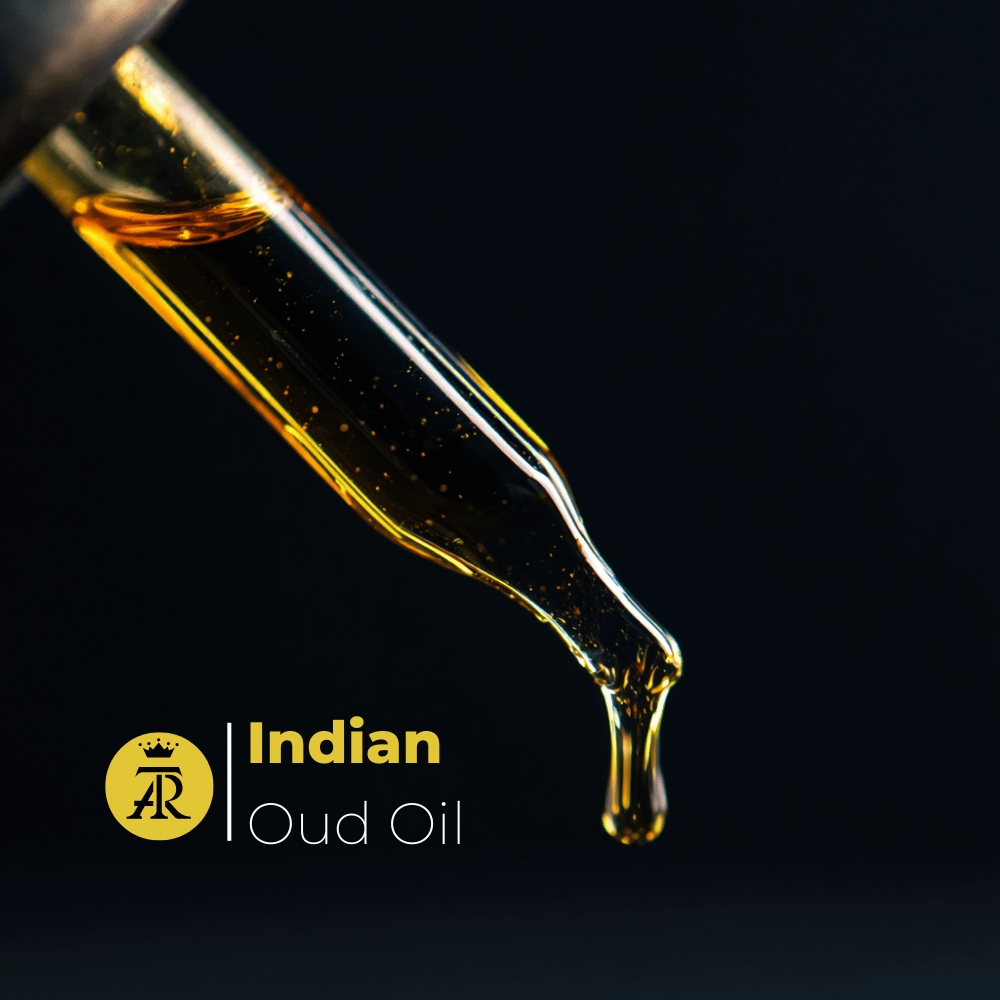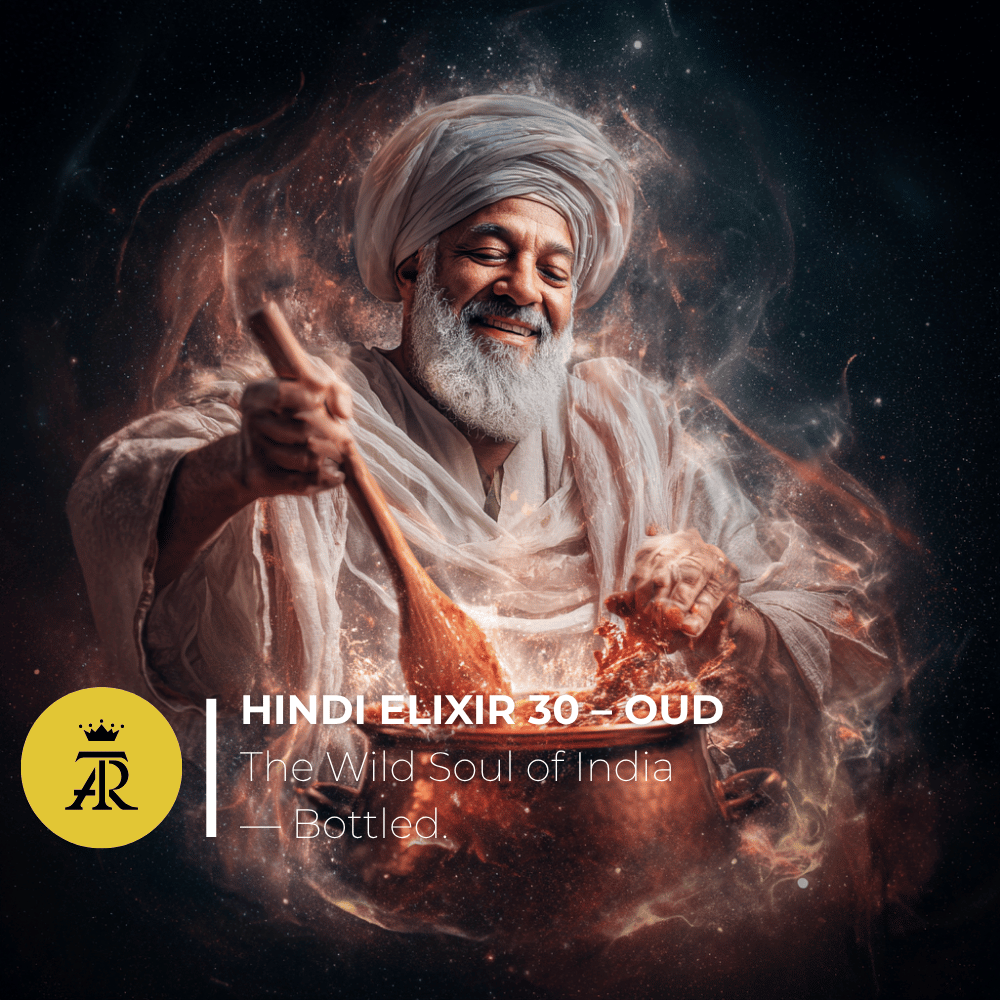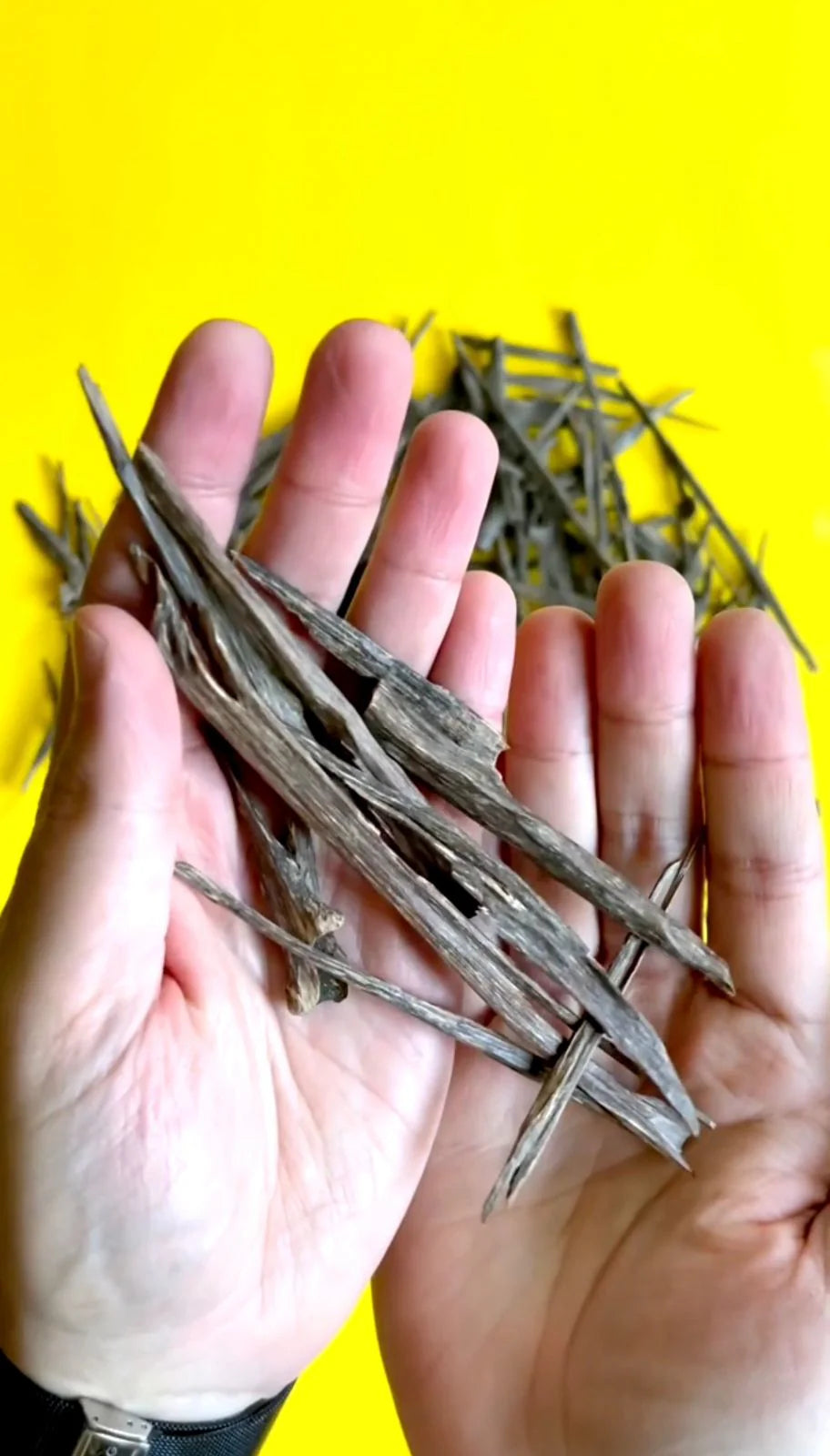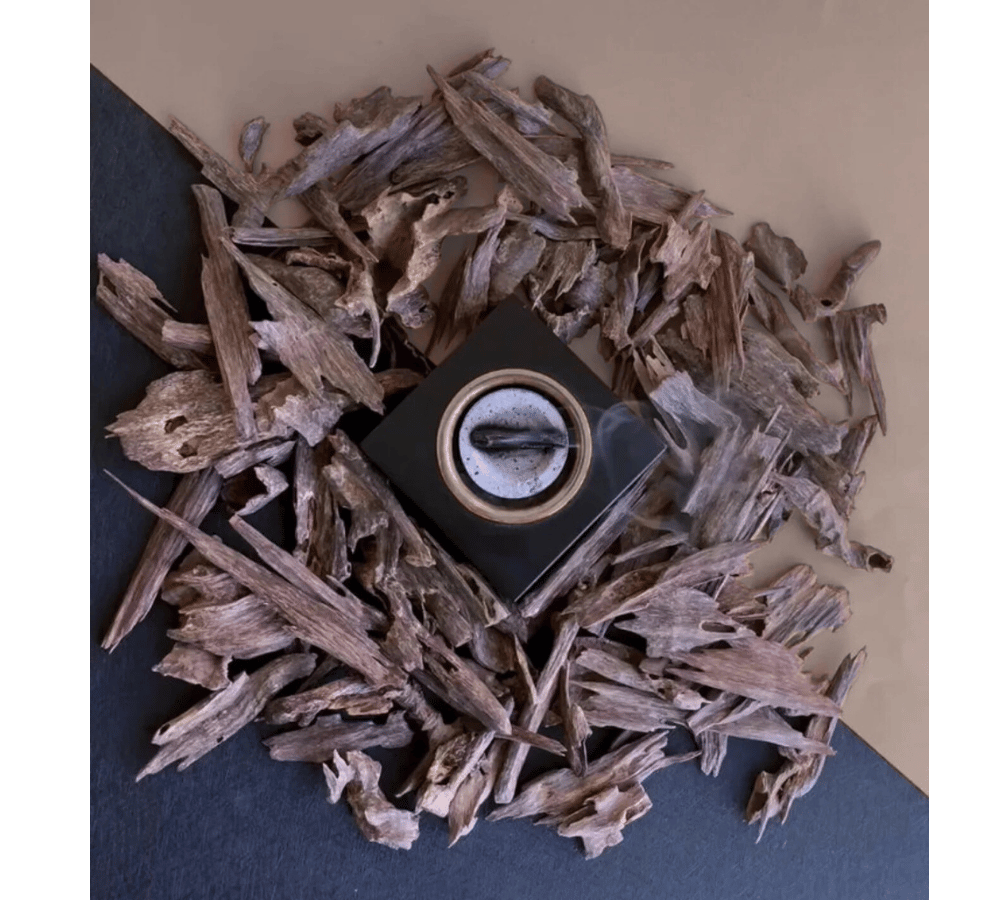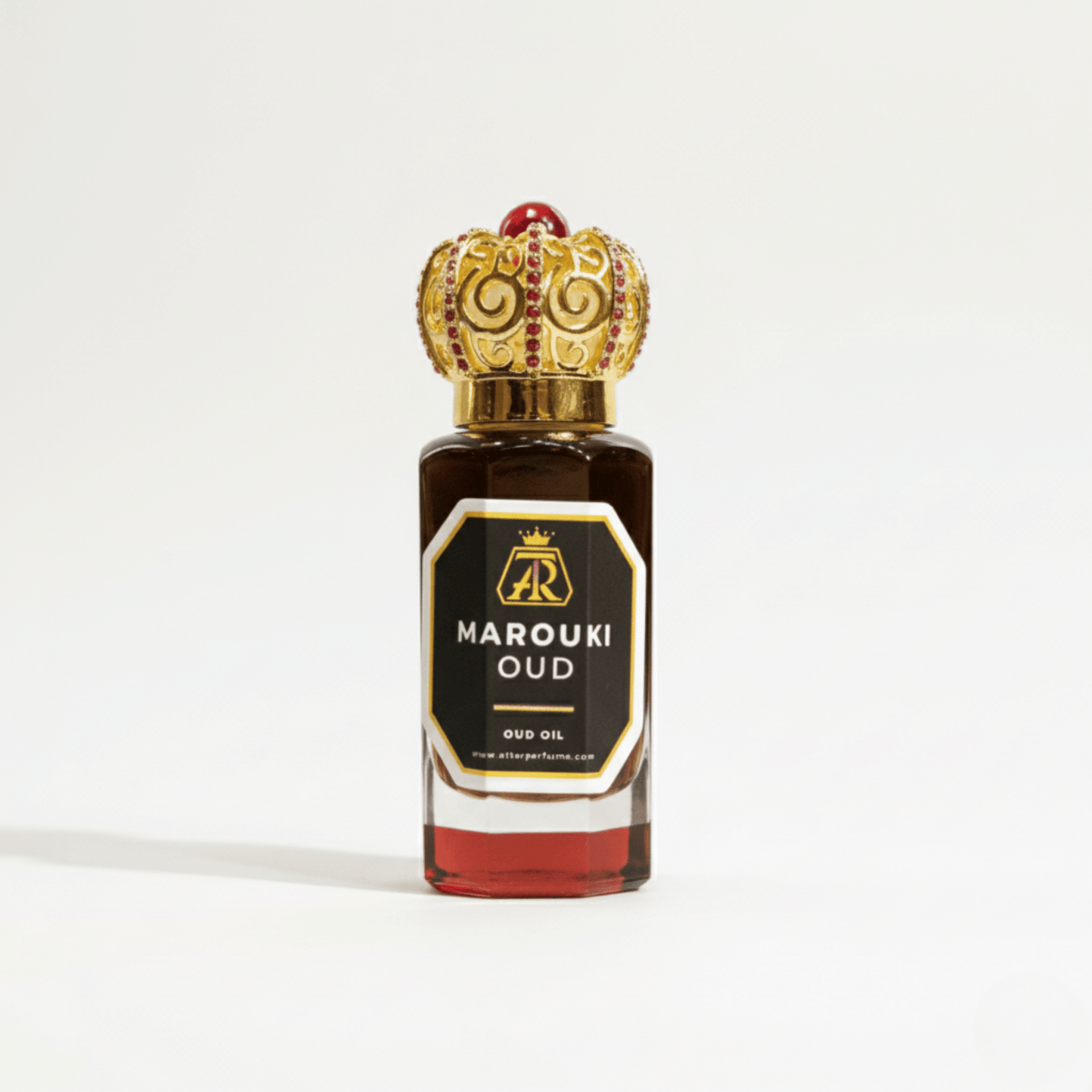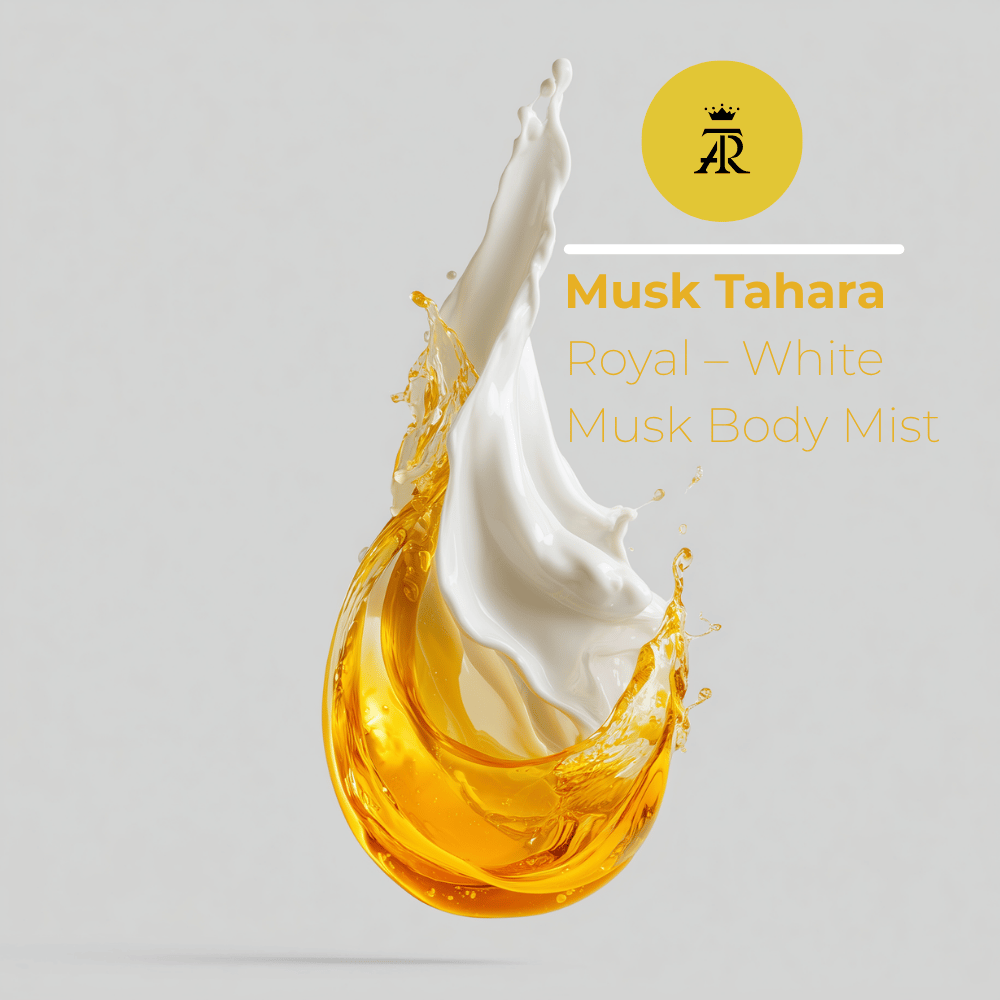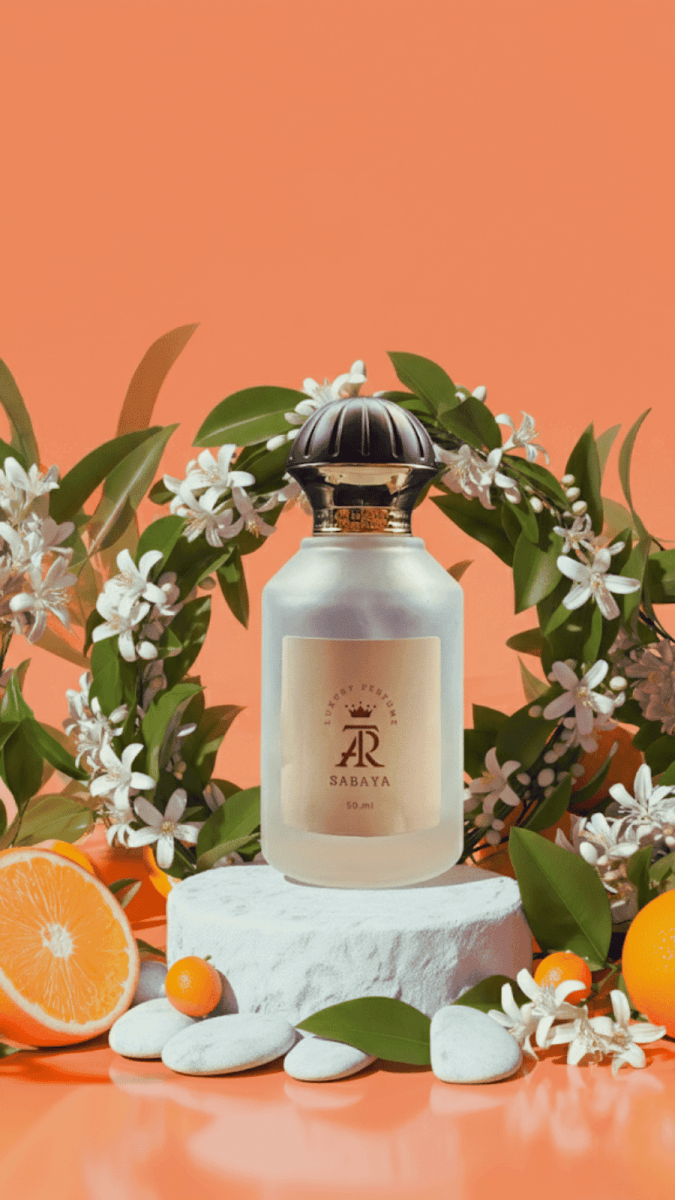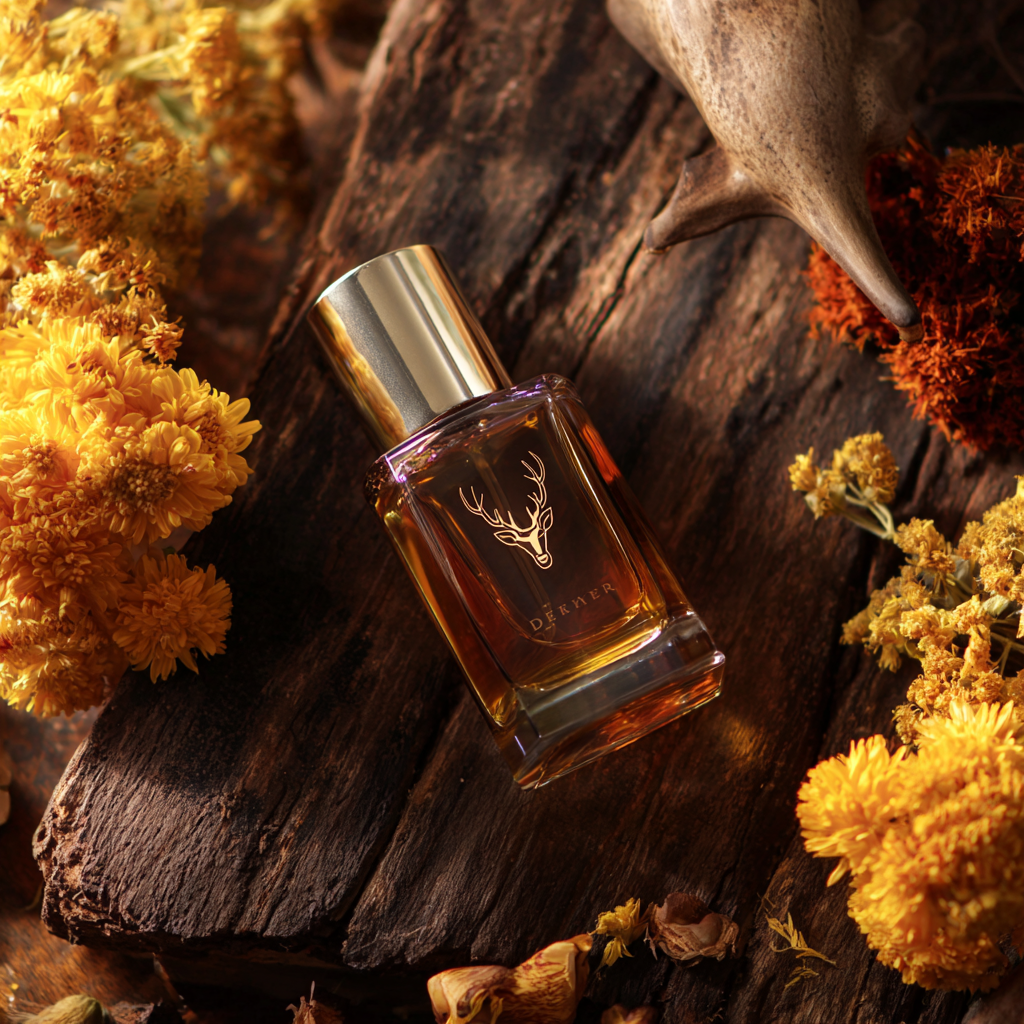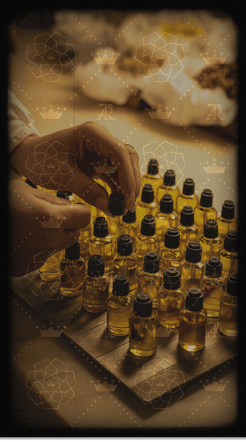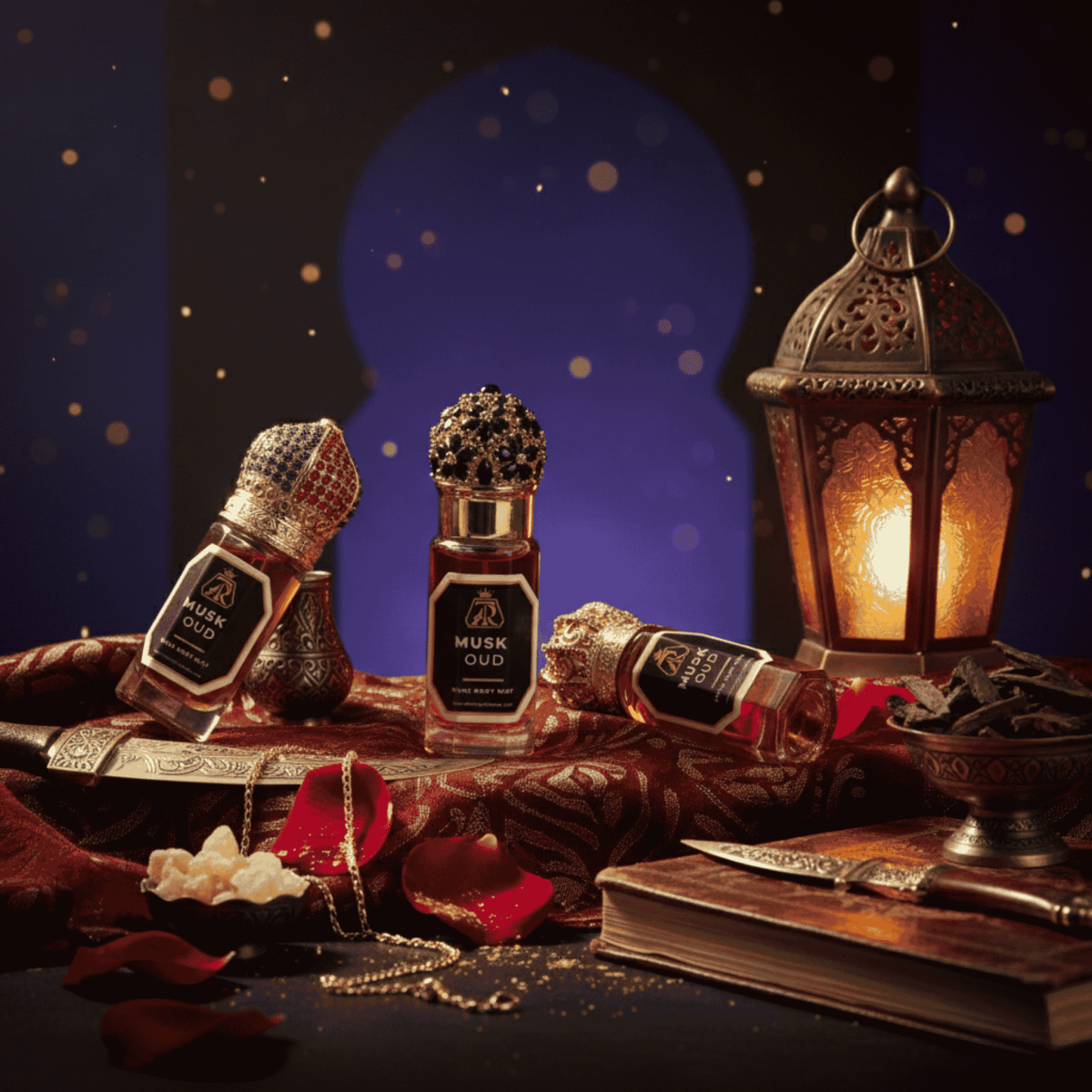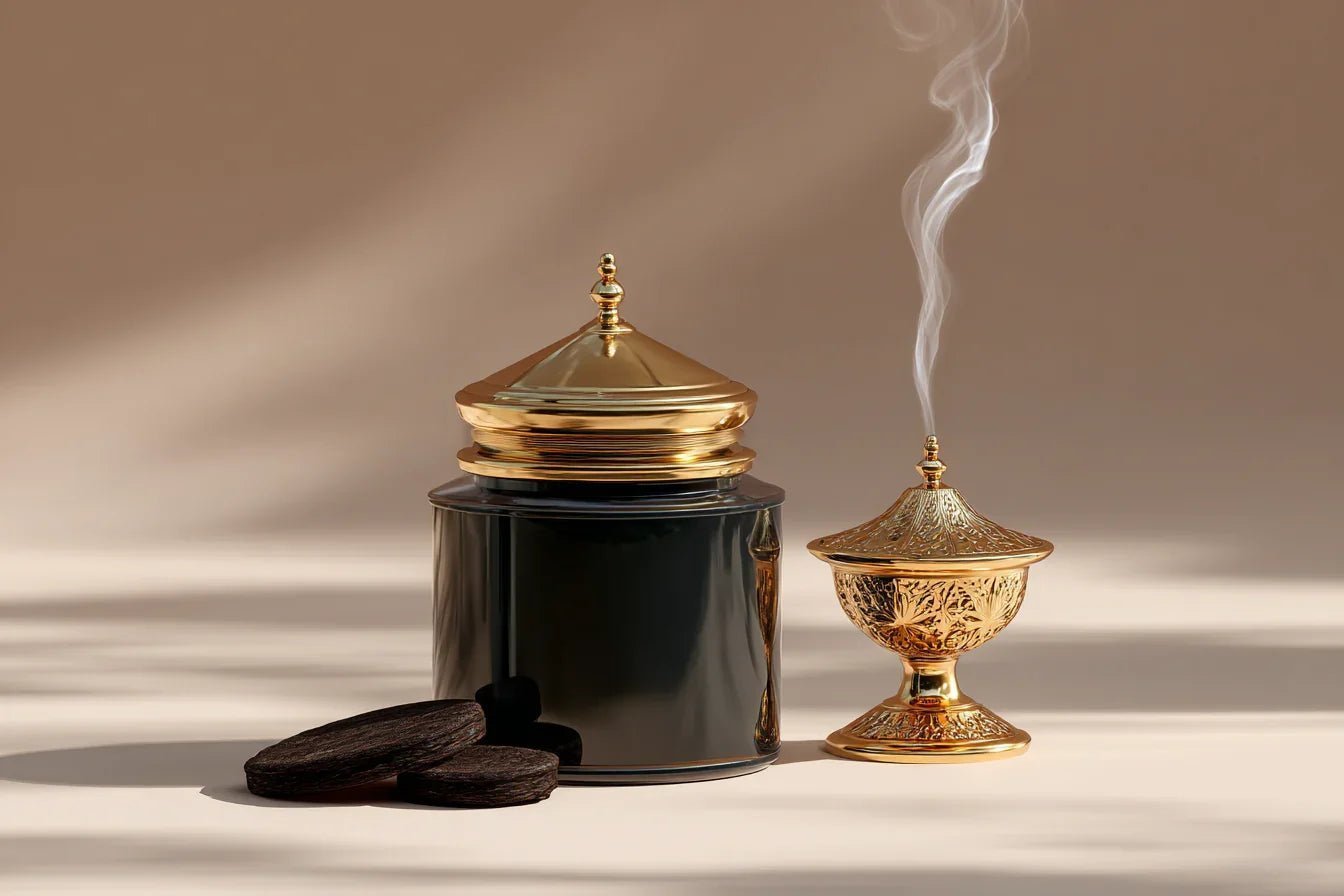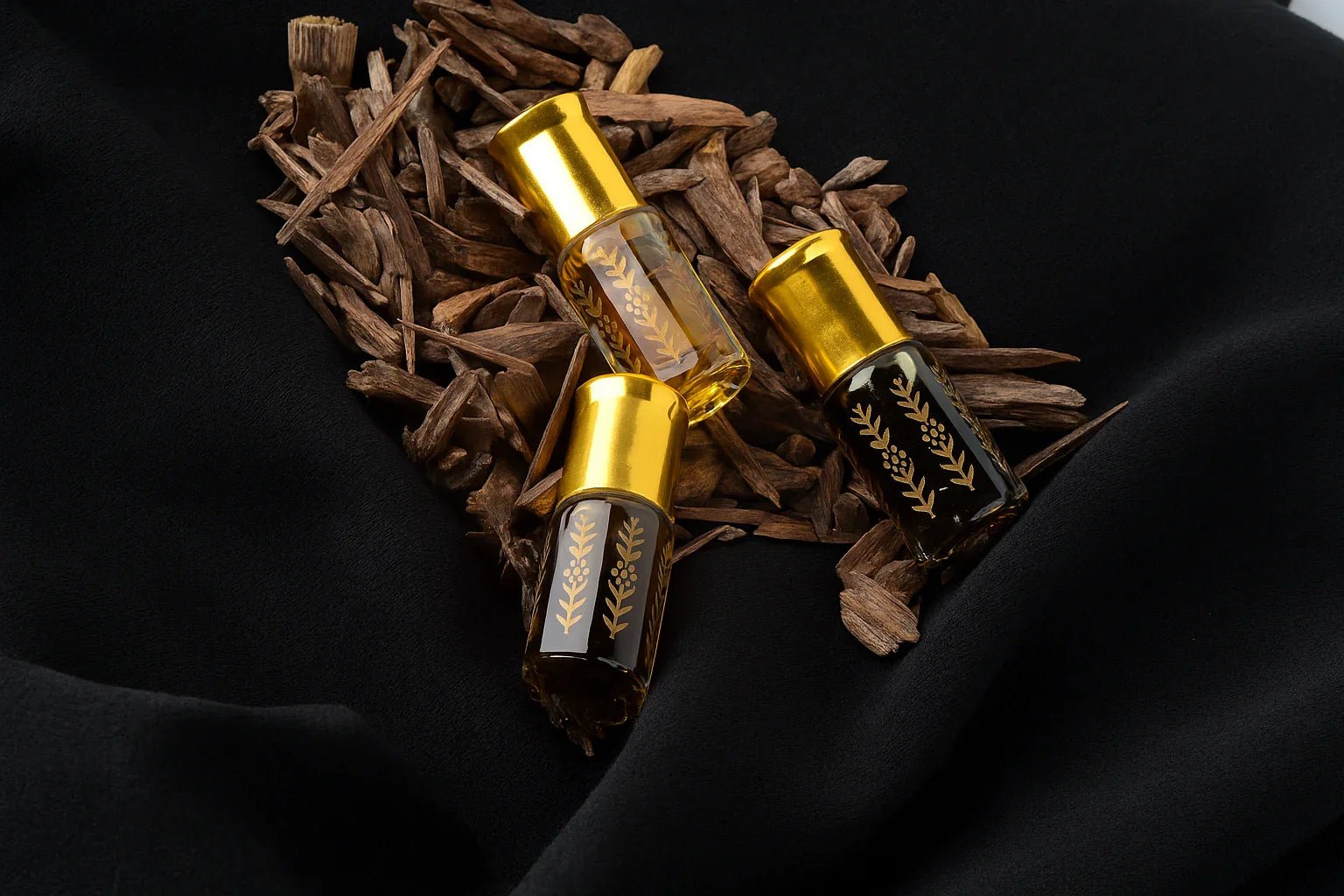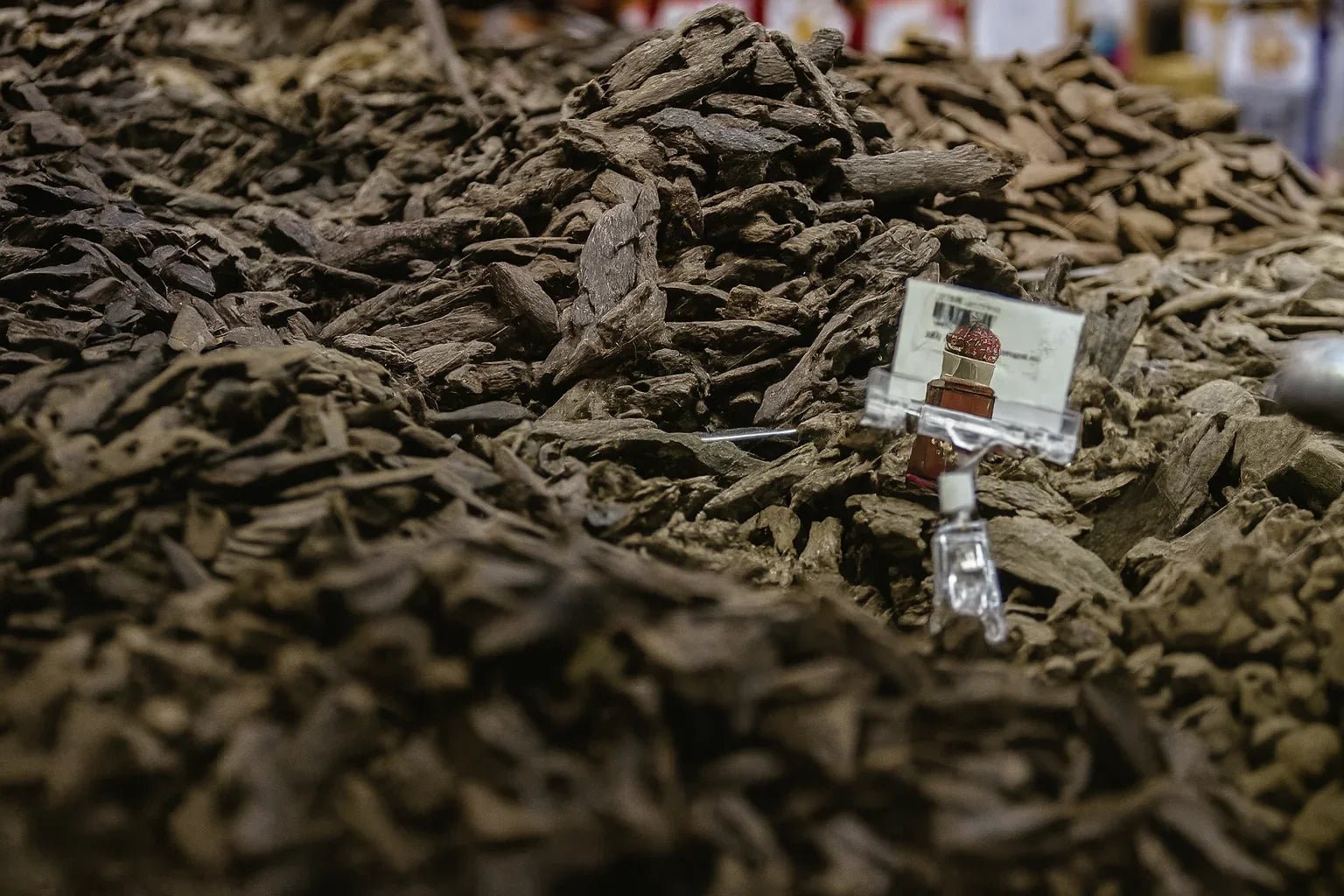Agarwood Amber
Where Mysterious Oud Meets Golden Warmth
Agarwood Amber is the perfect fusion of rare oud and golden amber, creating one of oriental perfumery's most sought-after compositions. This comprehensive 4,000+ word guide reveals everything about this luxurious attar: the chemistry behind the blend (typically 30-50% oud + 50-70% amber base), why it costs $80-300+ per 12ml, traditional Middle Eastern blending ratios, longevity secrets (12-24 hours), and how to layer it with other fragrances. Interactive blending calculator included to help you create custom ratios and understand value.
📑 Complete Table of Contents
- What is Agarwood Amber?
- Agarwood: The King of Woods Deep-Dive
- Amber: Chemistry & Composition
- Historical Origins & Cultural Significance
- The Chemistry of the Perfect Union
- 🧪 Interactive Blending Calculator
- The Agarwood Amber Experience
- Why You'll Love This Blend
- Layering Guide & Combinations
- Buying Guide & Authenticity
- Fragrance Notes Breakdown
- Frequently Asked Questions

What is Agarwood Amber: The Ultimate Oriental Fusion
Fragrances have the power to bridge worlds, and few combinations achieve this as masterfully as Agarwood Amber. This is not simply two ingredients mixed together—it's a carefully orchestrated marriage of contrasts that has captivated perfume lovers for centuries across the Middle East, Southeast Asia, and increasingly, the Western world.
The combination works on multiple levels: olfactorily, culturally, and even emotionally. Agarwood (oud) provides mysterious depth, spiritual gravitas, and complex woody-resinous character. Amber adds golden warmth, approachability, and a sensual sweetness that makes the oud accessible to those who might find pure oud too intense. Together, they create something greater than the sum of their parts—a fragrance that is simultaneously exotic and familiar, powerful and comforting.
Rare, mystical, and deeply complex - oud has captivated perfume lovers for millennia with its smoky, woody elegance.
Warm, honeyed, and sensual - amber wraps you in a golden glow that's both comforting and irresistible.
Together, they create a symphony of depth and light - mysterious yet welcoming, powerful yet gentle.
Agarwood: The King of Woods - Complete Analysis
To truly appreciate Agarwood Amber, we must first understand its star component: agarwood, also known as oud, aloeswood, or eaglewood. This is not merely expensive wood—it represents one of nature's most remarkable transformations and one of perfumery's most prized raw materials.
The Formation: Nature's Alchemy
Agarwood forms when Aquilaria trees (primarily Aquilaria malaccensis, Aquilaria crassna, and several other species) become infected by a specific type of mold—typically Phialophora parasitica. In response to this pathogenic invasion, the tree produces a dark, resinous heartwood as a defense mechanism. This resin-saturated wood is what we call agarwood or oud.
The rarity factor: Only about 7-10% of Aquilaria trees in the wild develop this resin naturally. The trees must reach a certain maturity (typically 20-50+ years) before infection and resin formation occur. Once infected, it takes another 5-20 years for the resin to develop sufficient complexity and depth for perfumery use. This extreme rarity—combined with overharvesting and habitat loss—has made wild agarwood one of the world's most expensive natural raw materials, valued at $10,000-100,000+ per kilogram for top grades.
The Scent Profile of Oud
Agarwood's aromatic profile is extraordinarily complex, containing over 150 identified chemical compounds. The dominant characteristics include:
Primary notes: Deep woody, smoky, resinous, with pronounced barnyard/animalic undertones (especially in Hindi/Indian oud). The "barnyard" character comes from indole and skatole compounds—the same molecules found in flowers like jasmine, but in different concentrations.
Secondary nuances: Leather, tobacco, dark chocolate, medicinal/camphoraceous notes, subtle spice (clove, cardamom-like), and in some varieties, surprising sweetness or fruitiness.
Regional variations: Cambodian oud tends toward sweet, honey-like, and smooth. Hindi/Indian oud is sharp, animalic, and powerful. Malaysian oud features pronounced incense and temple-smoke character. Each origin offers distinct olfactory signatures.
Why Agarwood is Sacred
Agarwood holds profound spiritual significance across multiple cultures. In Islamic tradition, it's mentioned in hadith and used to perfume mosques and holy sites. Buddhist and Hindu ceremonies burn agarwood incense for meditation and worship. Traditional Chinese medicine values it for calming properties. Japanese royalty have treasured agarwood for over 1,000 years in the art of Kōdō (incense appreciation). This sacred status elevates oud beyond mere fragrance into the realm of spiritual practice and cultural identity.
Amber: Decoding the Golden Mystery
Unlike agarwood, which is a single botanical material, "amber" in perfumery is actually a complex accord—a carefully constructed blend of multiple ingredients designed to recreate the warm, golden, resinous aroma that perfumers and consumers associate with the word "amber."
The True Composition of Amber Accord
Traditional amber accords typically combine:
Labdanum (Cistus resin): The heart of most amber accords. Extracted from rockrose plants (Cistus ladanifer), labdanum provides rich, resinous, honey-like warmth with subtle leathery undertones. This is the "amber" base that gives the accord its characteristic depth.
Vanilla (Vanilla planifolia): Adds creamy sweetness and soft, comforting character. Natural vanilla absolute or vanillin creates the "edible" quality that makes amber so wearable and approachable.
Benzoin (Styrax benzoin): Contributes vanilla-like sweetness with additional balsamic richness and powder-soft texture. Benzoin also acts as a fixative, extending the longevity of the entire composition.
Supporting players: Additional ingredients might include styrax (for extra balsamic depth), tonka bean (almond-vanilla nuances), Peru balsam (cinnamon-vanilla richness), and subtle spices like cinnamon or clove.
Why Amber Works with Everything
Amber's genius lies in its versatility. The accord is:
Warm without being cloying: The sweetness is balanced by resinous depth, preventing it from becoming too sugary or one-dimensional.
Powerful yet approachable: Amber projects beautifully but never overwhelms—it invites people closer rather than announcing your presence across a room.
Fixative properties: Many amber components (benzoin, labdanum) are natural fixatives, meaning they help other fragrance materials last longer on skin. This is why amber forms the base of so many perfumes.
Skin-chemistry reactive: Amber accords interact beautifully with individual body chemistry, creating unique variations on each wearer while maintaining the core amber character.

The Perfect Balance: Component Analysis
🌲 Agarwood Contributes
- Deep, smoky complexity and woody character
- Mysterious forest and ancient temple atmosphere
- Leather, spice, and subtle medicinal nuances
- Sacred, meditative, spiritual quality
- Exceptional longevity (24+ hours possible)
- Masculine strength and gravitas
- Unique signature that commands respect
🌟 Amber Provides
- Golden, honeyed warmth and comfort
- Creamy, enveloping, cozy feel
- Vanilla-balsamic sweetness and softness
- Sensual, inviting, approachable aura
- Smooth base that anchors the composition
- Feminine softness and elegance
- Universal appeal and wearability
Historical Origins & Cultural Significance
The pairing of agarwood with amber-like resins is not a modern invention—it's a tradition stretching back over a thousand years, deeply rooted in Middle Eastern and Asian perfumery.
Ancient Origins
In classical Arab perfumery (8th-13th centuries CE), perfumers at the courts of Baghdad, Damascus, and Cairo were already creating complex blends combining oud with various resins, balsams, and aromatics. Historical texts from the Islamic Golden Age, including Al-Kindi's "Book of Perfume Chemistry and Distillation" (9th century), document formulas remarkably similar to modern Agarwood Amber blends.
These early perfumers understood intuitively what modern chemistry confirms: oud's intensity benefits from the softening influence of sweet resins. They used labdanum, benzoin, styrax, and honey to create what they called "mu'attar" (perfumed/scented oils)—the direct ancestors of today's attars.
Royal Patronage
Throughout history, oud-amber combinations were the privilege of royalty and the wealthy. Ottoman sultans wore complex oud-amber blends as symbols of power and refinement. Mughal emperors in India commissioned master perfumers to create personalized oud-based fragrances, often incorporating ambergris (another "amber" note) and expensive resins. Persian shahs maintained royal perfume workshops where artisans spent years perfecting oud-resin formulations.
This royal heritage explains why Agarwood Amber still carries connotations of luxury, exclusivity, and sophistication in Middle Eastern and Asian cultures.
The Modern Renaissance
In the late 20th and early 21st centuries, Western perfumery began seriously exploring oud. Brands like Yves Saint Laurent (M7, 2002), Tom Ford (Oud Wood, 2007), and dozens of niche houses introduced oud-based fragrances to international audiences. Many of these "gateway ouds" featured significant amber components to make the unfamiliar oud accessible to Western noses accustomed to sweeter, softer compositions.
Today, Agarwood Amber represents a perfect bridge: traditional enough to satisfy Middle Eastern connoisseurs, yet approachable enough to appeal to Western perfume lovers exploring oriental fragrances.
The Chemistry of the Perfect Union
Why does Agarwood Amber work so brilliantly? The answer lies in complementary chemistry.
Molecular Compatibility
Oud's compounds: Agarwood contains chromones, sesquiterpenes, and phenolic compounds. These molecules are relatively heavy, slow-evaporating, and intensely aromatic. They provide the "backbone" of the fragrance.
Amber's compounds: The amber accord features benzyl benzoate (from benzoin), vanillin, cinnamic compounds (from styrax and balsams), and various terpene alcohols. These are also heavy molecules but with sweeter, warmer aromatic profiles.
The synergy: When combined, oud's sharp phenolics are "wrapped" by amber's softer balsamic compounds. The result is that the harsh edges of oud are smoothed while amber gains complexity and depth it would otherwise lack. This is true molecular synergy—each component making the other better.
Longevity Secrets
Agarwood Amber's exceptional 12-24 hour longevity comes from several factors:
Heavy molecular weight: Both oud and amber components feature large, complex molecules that evaporate slowly from skin.
Fixative properties: Benzoin and labdanum in the amber accord act as natural fixatives, slowing the evaporation of all components.
Oil-based formulation: Traditional attars use sandalwood or other fixed oils as carriers rather than alcohol. Oil evaporates much more slowly than alcohol, extending fragrance life dramatically.
Skin absorption: Both oud and amber compounds partially absorb into skin oils, creating a "reservoir effect" where fragrance continues releasing for hours after initial application.
🧪 Interactive Agarwood Amber Blending Calculator
Create your perfect custom blend ratio with our professional calculator. Experiment with different proportions to understand composition and pricing.
Your Custom Agarwood Amber Formula
Your Formula Breakdown:
Based on current market rates for authentic ingredients
The Agarwood Amber Experience: What to Expect
First Application (0-15 minutes): The fragrance opens with a luminous burst. You'll immediately notice warmth—perhaps a touch of sweet citrus or honey, quickly deepening as the agarwood begins to emerge. The first impression is "golden" rather than dark—the amber does its job beautifully, presenting the oud in its most welcoming form.
Development Phase (15-60 minutes): As the initial sweetness settles, the oud reveals itself more boldly. Smoky, woody notes rise through the golden haze. This is when you'll notice the complexity—hints of leather, subtle spice, perhaps a whisper of medicinal camphor (especially if Hindi oud is used). Yet the amber remains, wrapping everything in creamy warmth.
Heart Phase (1-4 hours): The fragrance reaches its peak expression. The oud and amber are now fully integrated, creating a seamless experience rather than distinct layers. On skin, it manifests as warm, mysterious, inviting—drawing people into your personal space rather than announcing your presence across a room. This intimate projection is one of Agarwood Amber's most valued characteristics.
Dry-Down (4-12+ hours): As hours pass, the fragrance settles into its final form—a soft, skin-like warmth with subtle woody undertones. The vanilla and balsamic elements of amber become more prominent while oud's intensity mellows into smooth, almost sandalwood-like woods. Many wearers report still smelling faint traces on clothing 24-48 hours after application.
Perfect Occasions for Agarwood Amber
Professional Settings: The intimate projection makes it ideal for offices, meetings, or any situation where you want presence without overpowering
Evening Events: Sophisticated enough for fine dining, theater, or formal occasions
Intimate Moments: The skin-close nature makes it perfect for romantic evenings
Meditation/Reflection: The grounding, centering quality supports contemplative practices
Cold Weather: The warmth truly shines in autumn and winter months
Why You'll Love Agarwood Amber
Merges the world's most prized wood with golden amber for an unparalleled olfactory experience bridging East and West
Oil-based formula provides exceptional 12-24 hour longevity without reapplication, lasting through entire workdays
Perfectly balanced for both men and women, transcending traditional gender boundaries with sophisticated versatility
Small-batch blending ensures purity and distinction using authentic natural ingredients without synthetic fillers
Exceptional layering potential - wear solo as signature scent or combine with florals, musks, or other oriental notes
Creates intimate aura that draws people closer rather than overwhelming, perfect for professional and personal settings
Investment in quality - one bottle can last 6-12 months with daily use due to concentration and longevity
Meditation and mindfulness compatible - the grounding nature supports contemplative practices and focus
Layering Guide: Creating Custom Combinations
One of Agarwood Amber's greatest strengths is its versatility as a base for layering. Here are proven combinations:
🌹 + Rose (Taif or Bulgarian)
Ratio: 70% Agarwood Amber + 30% Rose
Result: "Royal Rose Oud" - the amber softens oud while rose adds feminine elegance. Classic Middle Eastern style.
Best for: Special occasions, weddings, romantic evenings
🌺 + Jasmine or White Florals
Ratio: 80% Agarwood Amber + 20% Jasmine
Result: Exotic, seductive character with floral brightness lifting the woody base.
Best for: Summer evenings, dates, confident daytime wear
🌿 + Sandalwood or Cedarwood
Ratio: 60% Agarwood Amber + 40% Sandalwood
Result: Ultimate woody composition - smooth, meditative, deeply calming.
Best for: Meditation, professional settings, everyday signature
🍯 + Pure Musk (White or Black)
Ratio: 70% Agarwood Amber + 30% Musk
Result: Skin-scent magnified - intimate, sensual, animalic depth.
Best for: Intimate settings, evening wear, cold weather
🍊 + Citrus Oils (Bergamot, Orange)
Ratio: 90% Agarwood Amber + 10% Citrus (light touch)
Result: Brightened opening with sparkling freshness, making it more suitable for daytime.
Best for: Daytime professional wear, hot weather adaptation
Pro Layering Tips
Application order matters: Apply Agarwood Amber first to pulse points, let it settle for 2-3 minutes, then add your layering oil on top
Less is more: Start with small amounts when layering—you can always add more
Complementary not competing: Choose layering oils that complement rather than compete with the oud-amber base
Test before committing: Try combinations on your wrist before applying to all pulse points
Complete Fragrance Notes Analysis
- Sweet citrus (bergamot hints)
- Aromatic resins (labdanum opening)
- Bright honey-vanilla warmth
- Initial oud smokiness
- Rich agarwood (oud) - woody, smoky
- Golden amber accord - creamy, warm
- Hints of leather and spice
- Benzoin - vanilla-balsamic
- Subtle medicinal/camphor touches
- Creamy vanilla (deep dry-down)
- Warm balsam and styrax
- Subtle woody undertones
- Lingering musk (skin-scent)
- Powdery amber softness
Buying Guide: Ensuring Authenticity & Value
Price Expectations
Entry Level ($80-150 per 12ml): Commercial-grade oud (often plantation-grown) with synthetic amber components. Decent for beginners but limited complexity.
Mid-Range ($150-250 per 12ml): Natural oud from sustainable sources with natural amber accords. Good balance of quality and affordability. This is the sweet spot for most consumers.
Premium ($250-500+ per 12ml): Wild or aged oud (5-20+ years) with artisan-blended natural amber. Exceptional complexity, longevity, and prestige. For serious collectors.
Authenticity Markers
How to Spot Authentic Agarwood Amber
Color: Genuine blend is dark amber to brown, never bright yellow or red (indicates synthetic dyes)
Consistency: Thick, viscous, oil-like texture. Watery consistency suggests dilution or synthetic base
Scent evolution: Should develop over 15-30 minutes with noticeable progression. Instant "full blast" indicates synthetic
Longevity test: Should last 8+ hours minimum on skin, 24+ hours on clothing
Price reality check: Authentic Agarwood Amber under $60 per 12ml is almost certainly fake or heavily diluted
Documentation: Reputable sellers provide origin information, ingredients list, and sometimes batch numbers
Frequently Asked Questions
🌟 Experience Authentic Agarwood Amber
Discover the perfect fusion of rare oud and golden amber. Expertly blended, naturally crafted, timelessly elegant.
Shop Agarwood Amber Collection →Free shipping over $99 | Certificate of authenticity | 30-day satisfaction guarantee
